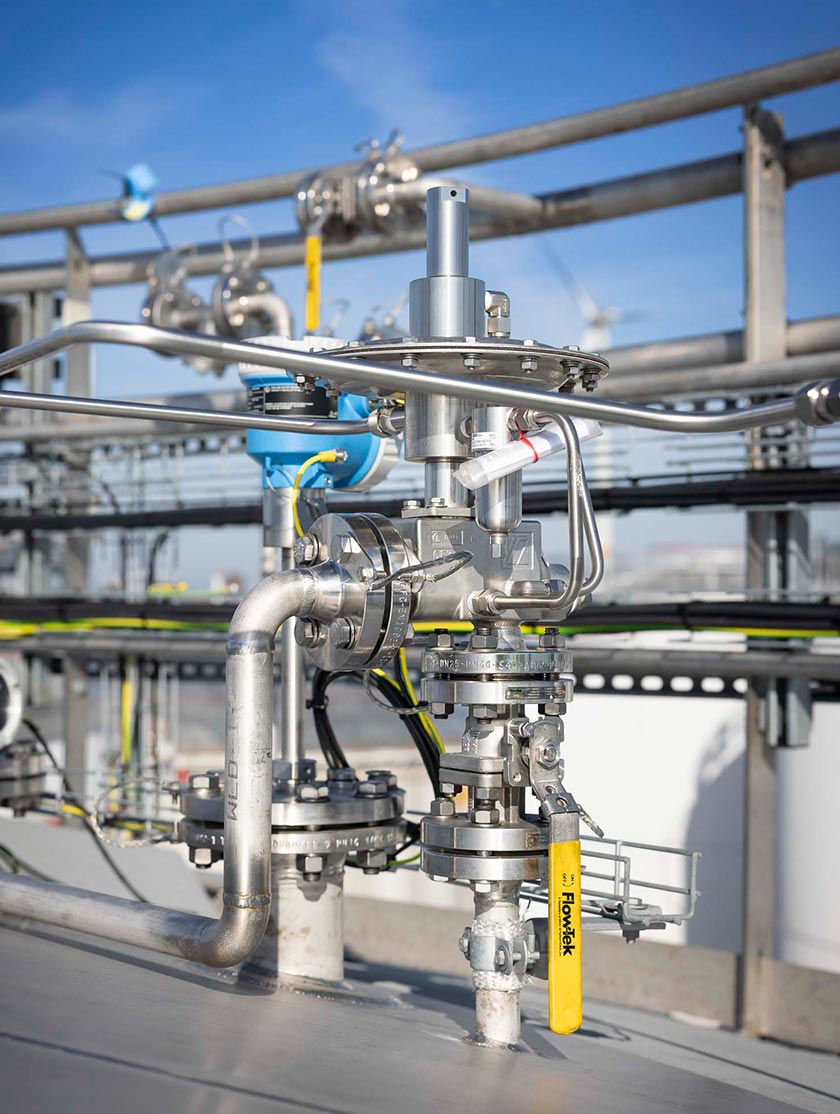Optimizing Flame Arrestors with CFD Modeling for Safety and Efficiency
Flame arrestors (also known as flame arresters) are a critical safety feature in many industries involving flammable gases and liquids. They are designed to prevent the spread of flames and explosions, protecting both people and equipment. However, designing an effective and efficient flame arrestor is an engineering challenge that requires careful consideration of factors such as flow dynamics, heat transfer, and combustion. This is where computational fluid dynamics (CFD) modeling comes in.
CFD modeling is a powerful tool that uses complex algorithms to simulate the behavior of fluids and their interactions with physical objects. In the case of flame arrestors, CFD modeling can be used to accurately predict the performance of a design, allowing engineers to optimize it for maximum efficiency and safety.
Flow Dynamics Analysis
One of the key benefits of using CFD modeling in flame arrestor design is the ability to analyze in detail the flow dynamics within the device. This is especially important because flame arrestors rely on the correct combination of flow rate and temperature to prevent flame spread. By simulating the flow, engineers can identify areas of high turbulence or dead zones that could compromise flame arrestor performance.
Heat Transfer Analysis
CFD modeling also allows for analysis of heat transfer within the flame arrestor. This is important because the device must dissipate heat from combustion to prevent it from reaching dangerous levels. CFD modeling allows engineers to accurately predict temperature gradients within the flame arrestor, providing assurance that the device is designed to withstand the anticipated conditions.
Simulation of Fuel-Air Mixtures
Another advantage of CFD modeling is the ability to simulate different fuel-air mixtures and operating conditions. This means designers can test their flame arrestors in a variety of scenarios, providing assurance that they will be effective and safe in a variety of situations.
Conclusion
In short, CFD modeling plays a key role in developing efficient and effective detonation flame arrestors. By analyzing the flow, heat transfer, and combustion dynamics in detail, engineers can optimize the design for maximum safety and efficiency. Due to the ever-increasing safety requirements in industries using hazardous substances, CFD modeling has become an indispensable tool in the design of flame arrestors.
Looking for The Right Flame Arrestor? Get Expert Help Choosing the Ideal Arrestor Engineered To Fit Your Needs |
Cashco’s flame arrestors are engineered to stop the propagation of flames in gas piping systems, helping protect equipment, personnel, and facilities. For more information about Cashco's arrestors, view all models here .
Cashco is dedicated to ensuring you select the best solution for your tank protection needs. Need help choosing the right flame arrestor? Contact us and our experienced team will gladly assist you in finding the ideal product!
Why Flame Arrestors Matter |
Cashco Flame Arrestors are specifically engineered to match the explosive mixtures Maximum Experimental Safe Gap, in order to ensure complete extinction of the flame.



